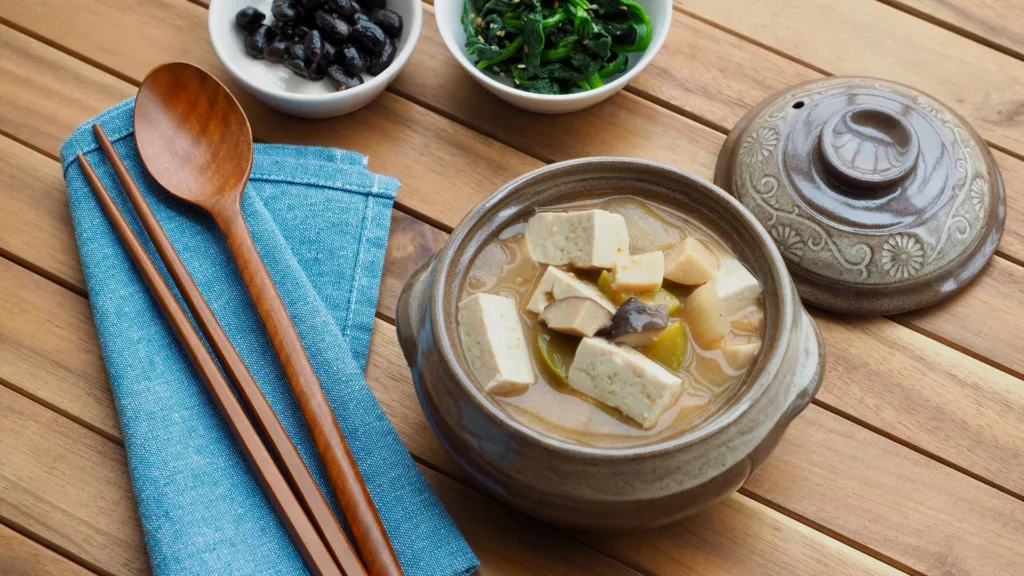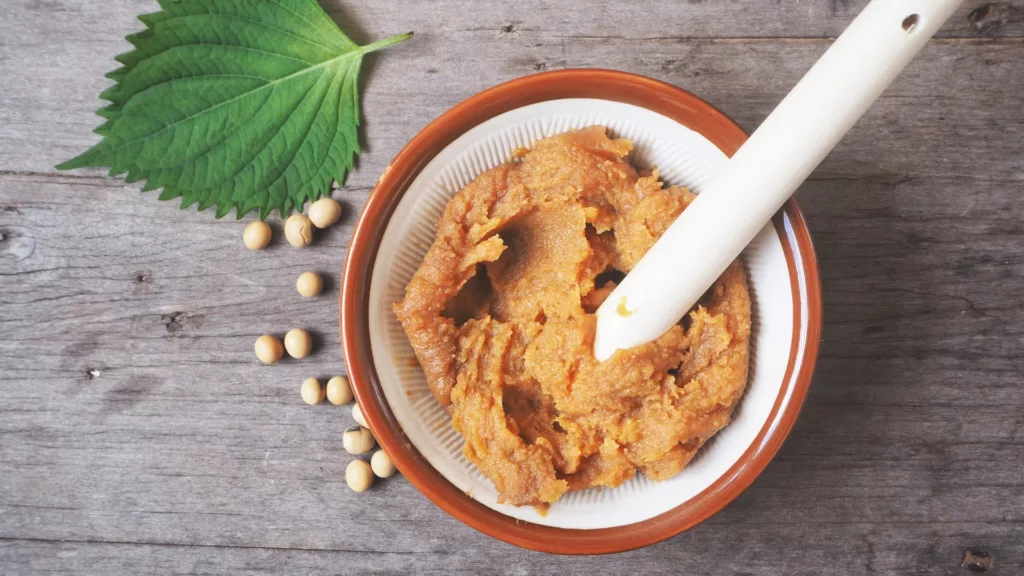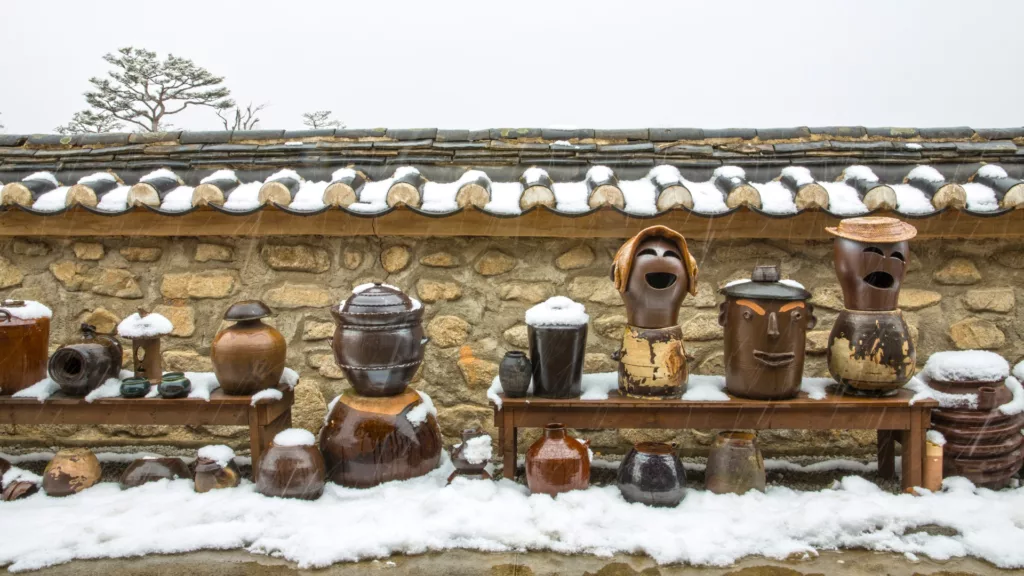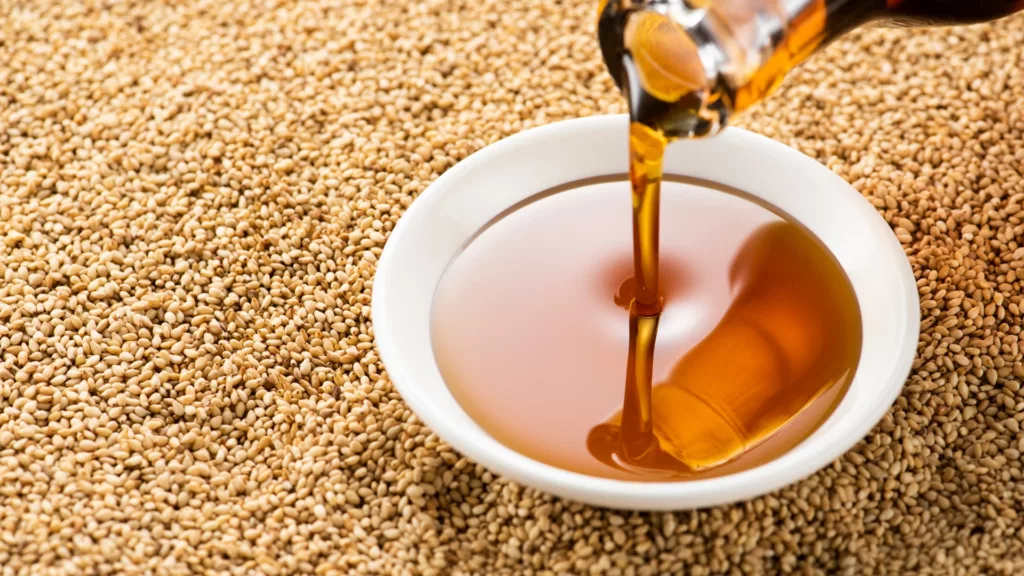Korean food is acclaimed throughout the world for its flavors, adaptability, and health advantages. The legendary fermented soybean paste called as ‘doenjang (된장)’ is crucial to its gastronomic charm. But what distinguishes it from its distant cousin, miso? And how does one prepare the ideal ‘doenjang-jjigae’? Let’s explore the fragrant realm of this Korean classic.
Fermented Soybean Paste vs Miso
While both doenjang and miso are created from fermented soybeans and are derived from East Asian culinary traditions, their flavors, ingredients, and fermentation procedures differ greatly.
Doenjang is the Korean equivalent, with a coarser texture and a powerful, earthy flavor. It is often regarded as the heartier of the two and is produced by fermenting soybeans with a mixture of brine and other grains. This fermentation gives it a distinct, deep umami profile that is appropriate for a wide range of meals.
Doenjang is the Korean equivalent, with a coarser texture and a powerful, earthy flavor. It is often regarded as the heartier of the two and is produced by fermenting soybeans with a mixture of brine and other grains. This fermentation gives it a distinct, deep umami profile that is appropriate for a wide range of meals.
Miso, on the other hand, is a Japanese product that goes through a distinct fermentation process using the fungus Aspergillus oryzae and generally contains a mix of soybeans, rice, or barley. As a result, the texture is smoother and the flavor is significantly sweeter.
Cooking with Doenjang: The Art of Doenjang-jjigae (Soybean Paste Stew)

One of the most beloved dishes using doenjang is the iconic ‘doenjang-jjigae’ or soybean paste stew. Rich, flavorful, and deeply comforting, this stew is a staple in Korean households and a must-try for anyone keen on exploring Korean flavors.
Ingredients:
- Doenjang (fermented soybean paste)
- Vegetables (zucchini, mushrooms, onions)
- Tofu
- Green chili peppers
- Garlic
Steps:
- Begin by preparing a broth with dried kelp and anchovies.
- Once your broth is aromatic and flavorful, dissolve the desired amount of doenjang, ensuring it merges well.
- Add your choice of vegetables, tofu, and seasoning.
- Let it simmer until everything is well-cooked and flavors meld perfectly.
- Serve hot with a bowl of steamed rice.
Beyond the Stew: Exploring Dishes with Soybean Paste
While ‘doenjang-jjigae’ might be the most iconic, there are numerous other dishes to explore:
Soup with Soybean Paste: Lighter than the stew, this soup often incorporates seafood or simply vegetables for a quick, healthy meal.
Grilled dishes: Many Korean BBQ recipes involve a marinade of doenjang, enhancing the flavors of the meat or vegetables.
In Conclusion
The ‘doenjang’ world is huge and ready to be discovered. Whether you enjoy heavy stews, light soups, or simply want to know the difference between fermented soybean paste and miso, it’s apparent that this ingredient has a long history in Korean cuisine. As you explore the depths of Korean cuisines, don’t forget to appreciate the intricacies and stories behind each dish, notably the famed doenjang.



